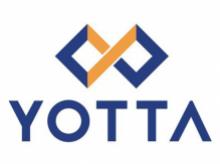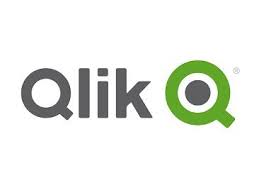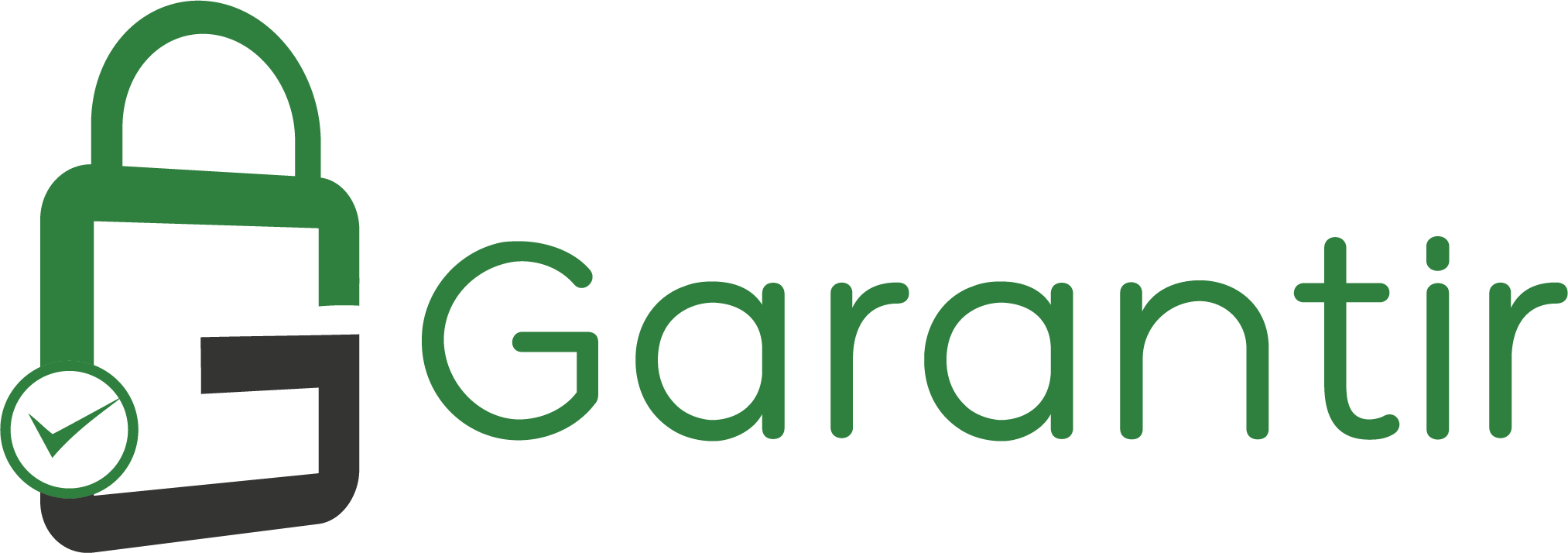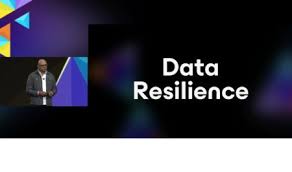Veeam Launches Strategic Framework to Close the Reality Gap in Data Resilience
In an era marked by escalating
cyberattacks and costly IT outages, Veeam Software, the #1 leader by market
share in data resilience, has unveiled the industry’s first Data Resilience
Maturity Model (DRMM). The new framework empowers organizations to objectively
assess their true resilience posture and take decisive, strategic action to
close the gap between perception and reality to ensure their data is resilient
in the face of growing cyber-attacks and outages.
Joint research conducted by Veeam and
McKinsey reveals a staggering disconnect: while 30% of CIOs believe their
organizations are above average in data resilience, fewer than 10% actually
are. This miscalculation is not just risky; it's reckless. According to the
report, IT downtime costs the Global 2000 over $400 billion annually, with $200
million in losses per company from outages, reputational damage, and
operational disruption.
“Data resilience is critical to survival—and
most companies are operating in the dark,” said Anand Eswaran, CEO of Veeam.
“The new Veeam DRMM is more than just a model; it’s a wake-up call that equips
leaders with the tools and insights necessary to transform wishful thinking
into actionable, radical resilience, enabling them to start protecting their
data with the same urgency as they protect their revenue, employees, customers,
and brand.”
The Veeam DRMM framework empowers
leaders to assess and improve their data resilience by providing valuable
insights for aligning people, processes, and technical capabilities with their
overall data strategy. This alignment helps minimize risk exposure while
allowing organizations to concentrate on mission-critical objectives and
sustain a competitive advantage. Notably, the Veeam DRMM stands out as the only
framework in the industry from a consortium of industry experts that delivers a
holistic perspective on cyber resilience, disaster recovery (DR), and
operational continuity across three key domains: data strategy, people and
processes, and technology.
Key findings from the Veeam DRMM
research include:
74% of organizations fall short of
best practices, operating at the two lowest levels of maturity.
Organizations at the highest maturity
level (the Best-in-Class horizon) recover from outages seven times faster,
experience three times less downtime, and suffer four times less data loss than
their peers.
Alarmingly, over 30% of CIOs in the
least resilient companies mistakenly believe their data resilience capabilities
are better than they actually are, exposing their businesses to potential
failure.
“Data resilience isn’t just about
protecting data, it’s about protecting the entire business,” Eswaran continued.
“This is the difference between shutting down operations during an outage or
keeping the business running. It’s the difference between paying a ransom or
not. It provides the foundation for AI
innovation, compliance, trust, and long-term performance – including
competitive advantage.”
Built on extensive research in
collaboration with McKinsey & Company and insights from over 500 IT,
security, and operations leaders, the Veeam DRMM has been validated through
real-world customer outcomes, including a healthcare system that saved $5
million per outage and a global bank that achieved zero cyber incidents after
implementing the model with Veeam’s platform.
Investing in data resilience yields
substantial returns, according to the DRMM research which shows that for every
$1 spent on data resilience measures, companies reap $3 to $5, and sometimes as
much as $10, in return – driven by improved uptime, reduced incident costs, and
enhanced agility. As a result, data resilience has surged to the #2 strategic
priority for IT leaders, second only to cost optimization.
































Leave A Comment